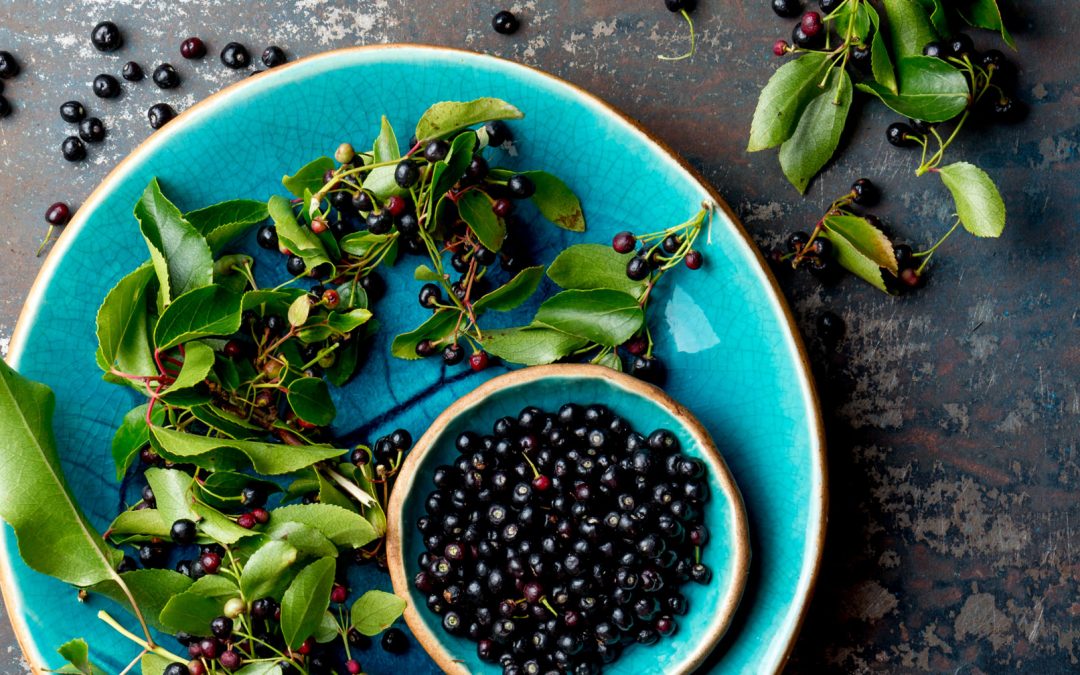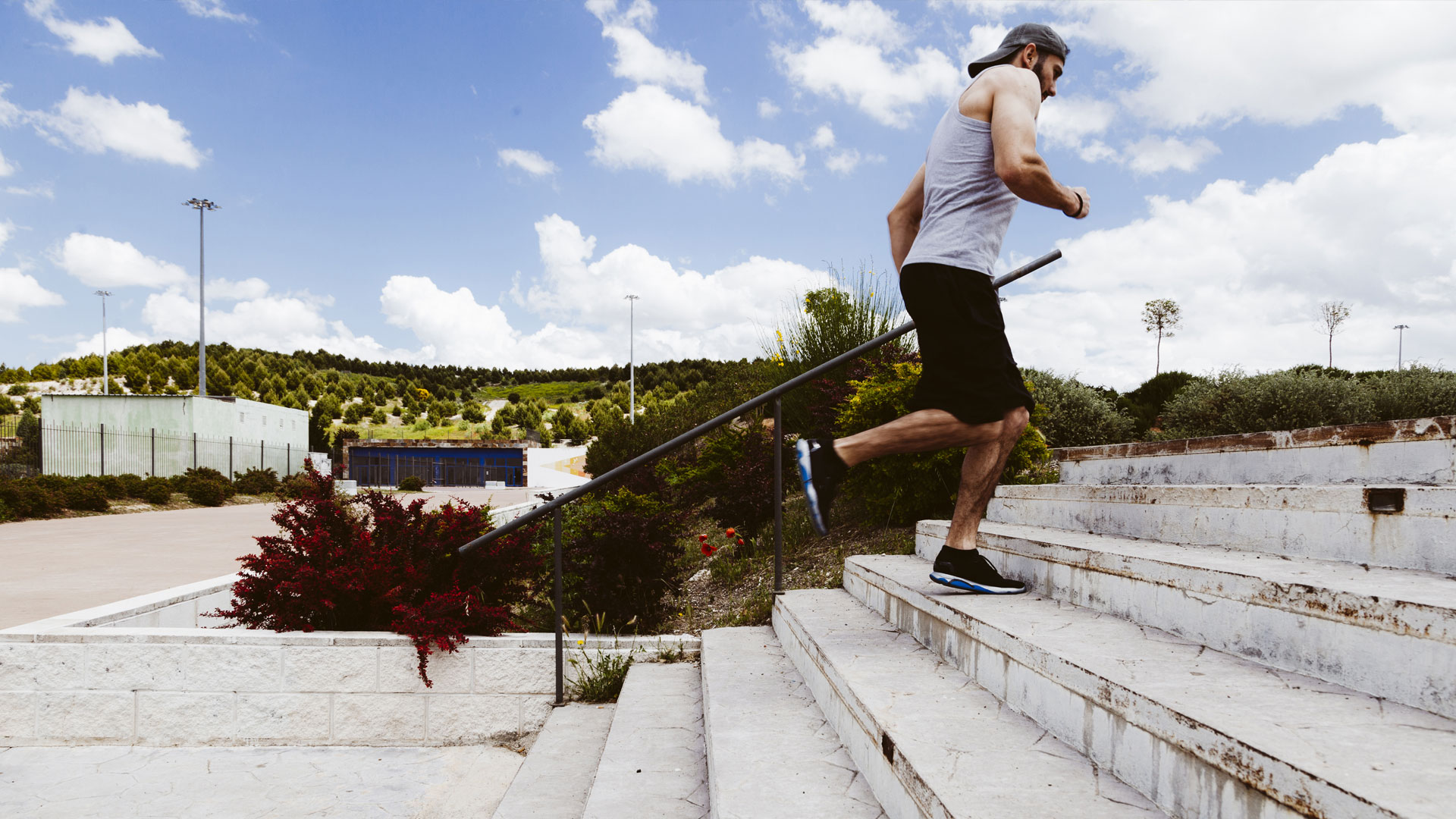
The maqui Aristotelia chilensis is an evergreen plant of the Elaeocarpaceae family that looks like a large shrub with a thin elastic trunk that can reach 5 meters in height. The leaves are elliptical and it is characterized by white flowers and juicy dark blue berries, the size of an olive.
The Maqui appears to have similar characteristics to its now famous sisters the Goji and Acai.
The maqui grows wild in South America, particularly Chile and Patagonia, and has been known to the local population for centuries. It grows spontaneously in Patagonia, a borderland where nature is wild and the weather puts a strain on those who live there, and on the vegetation itself. It resists the bad weather in its place of origin because it is rich in protective substances and is catalogued among the most interesting “longevity” berries.
This strictly wild blue berry (if cultivated, it would lose its characteristics), is characterized by its intense blue colour endowed with extraordinary power. Very rich in polyphenols, the maqui protects itself from the aggressive nature as a sort of self-defence, and its pulp, so precious, is a true concentrate of water-soluble delphinidins (the top category of polyphenols), easily absorbed in the intestine.
The maqui berry is rich in a particular antioxidant group, the anthocyanins family of polyphenols, delphinidins. These are considered the most effective as they are water-soluble and therefore more readily bio-available.
The berries are the main product from the plant, and at times the leaves. The fruit is harvested by hand between December and March.
The maqui’s main action is its antioxidant behaviour that gives the berry the ability to neutralize free radicals, responsible for the premature ageing of our body and the onset of cancer or degenerative disease.
The Maqui is highly appreciated by sportspersons, who consider it a valuable aid to combat oxidation due to physical activity.
One of its properties recognized by the traditional medicine in its countries of origin is its astringent property, useful against diarrhoea. Another interesting useful property of maqui leaves is their anti-inflammatory action. While not as potent as some European and North American plants, such as the willow, the Maqui is highly indicated to soothe irritation of the oral mucosa, mouth and throat.
Maqui also has positive effects on mood and can be helpful for women struggling with water retention and cellulite. It is also useful for individuals with metabolic issues and for people with cardiovascular risk.
From some ongoing research, moreover, it appears that Maqui promotes mitochondrial biogenesis, that is, the formation of new mitochondria, the corpuscles that produce energy using the aerobic mechanism. This is a significant advantage, not only in aerobic disciplines, but also in individual and team games. Marathon runners, even amateurs, produces a very high quantity of pro-inflammatory substances and the Maqui can come to their aid to fight the inflammation and free radicals, reducing the frequency of injuries. It should be associated with Omega-3s that have a significant anti-inflammatory effect. These, however, have a different mechanism from the Maqui. Their effects and those of the Maqui, therefore, act in synergy.
Maqui is also rich in vitamins E and B5, and clearly superior to the aforementioned goji and acai berries.
vitamin E, useful in protecting cells from oxidative stress
vitamin B5, which reduces tiredness and fatigue, increases mental performance, and restores normal energy metabolism
Since it is difficult to find, it is not for sale in Italy in its original state, but it can be taken in a functional supplement and in juices and teas. One cup 3 to 4 times a day lets you to take advantage of the properties of this plant, as well as accelerate the healing of ulcers and wounds. In addition, Maqui berries have important medicinal properties: antibacterial, tonic and astringent, analgesic and febrifuge, and anticancer.
Its innumerable qualities make Maqui Berries the undisputed ruler of the family of the so-called “superberries”, above Goji, blueberries, cranberries, elderberries, currants and acai. It is the best ally at your disposal to combat inflammation of cells, bones and joints.
Dr Luciana Serpe





